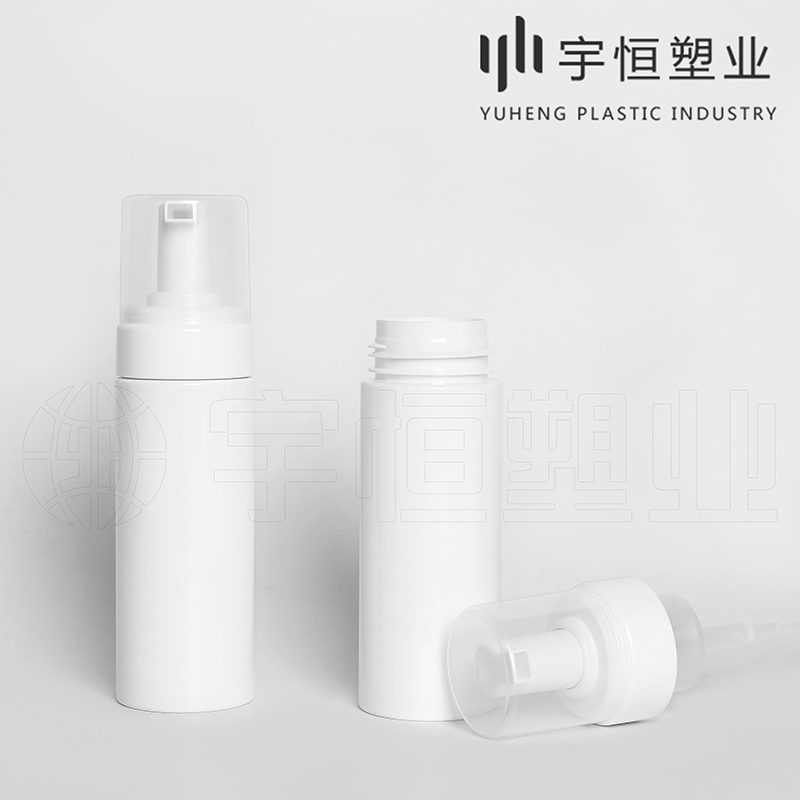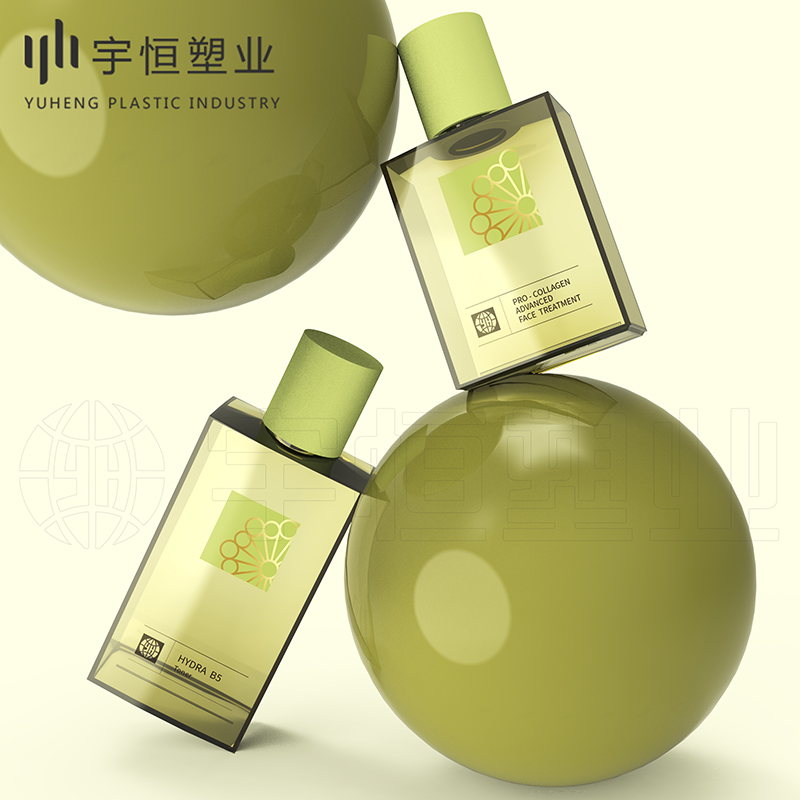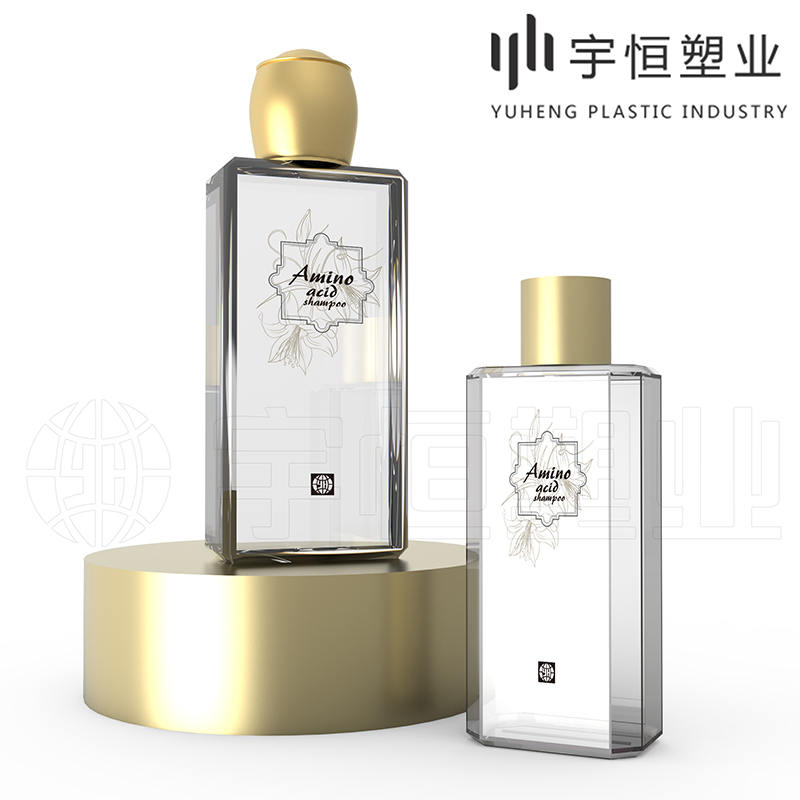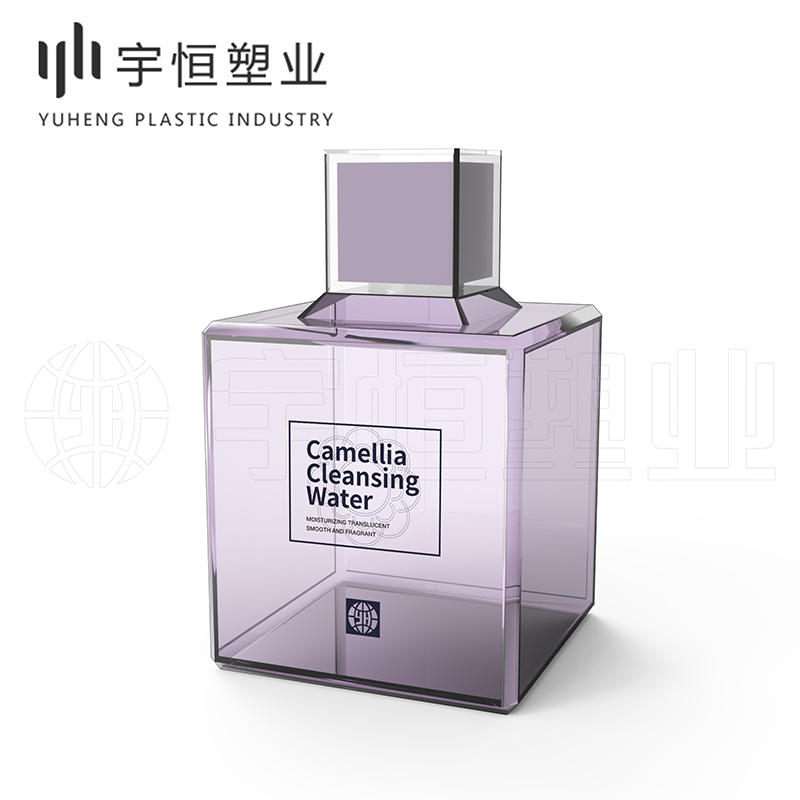In the cosmetics industry, plastic packaging, as the external representation of products, not only affects the aesthetic appearance of the product but also directly relates to the safety and market competitiveness of the product. However, with the intensification of market competition and the increasing demand for environmental protection from consumers, the cost issue of plastic packaging for cosmetics has increasingly attracted attention from the industry. So, what is the reasonable proportion of plastic packaging cost for cosmetics?

1. Composition of Plastic Packaging Cost for Cosmetics
The cost of plastic packaging for cosmetics mainly includes material cost, processing cost, transportation cost, taxes, and enterprise operating costs. Among them, material cost is the main component of plastic packaging cost, including the procurement of plastic raw materials, auxiliary materials during processing, and printing materials on the packaging. Processing cost involves the depreciation of production equipment, labor costs, and energy consumption during production. Transportation cost and taxes are determined based on the transportation distance of the product and tax policies.

2. Factors Affecting the Proportion of Plastic Packaging Cost for Cosmetics
Product Positioning: High-end cosmetics usually adopt more exquisite packaging, with a relatively high proportion of packaging cost. While low- and mid-end cosmetics pay more attention to cost control, with a relatively low proportion of packaging cost.
Market Competition: In fierce market competition, companies may reduce packaging costs to improve the price competitiveness of their products.
Environmental Protection Requirements: With increasing consumer demand for environmental protection, companies may need to adopt more environmentally friendly packaging materials or production methods, which may increase packaging costs.
Fluctuations in Raw Material Prices: The fluctuation of plastic raw material prices will directly affect the cost of plastic packaging.

3. Reasonable Range of Plastic Packaging Cost Proportion for Cosmetics
There is no fixed standard for the reasonable range of plastic packaging cost proportion for cosmetics as it is influenced by various factors. However, generally speaking, companies can judge whether the packaging cost proportion is reasonable from the following aspects:
Product Profit Margin: The packaging cost proportion should be controlled within a range that does not affect the product's profit margin.
Market Competitiveness: The packaging cost proportion should be lower than or close to the average level of the same industry to maintain the product's market competitiveness.
Consumer Acceptance: The packaging cost proportion should consider consumer acceptance, avoiding too high or too low packaging costs that lead to consumer dissatisfaction or downgrade the product's quality.

4. Strategies to Reduce Plastic Packaging Cost for Cosmetics
Optimize Packaging Design: Reduce unnecessary materials and processes by optimizing packaging design to lower packaging costs.
Adopt Environmentally Friendly Materials: Use recyclable, biodegradable, and other environmentally friendly materials to reduce environmental protection costs and enhance corporate image.
Improve Production Efficiency: Reduce energy consumption and labor costs during production by improving production efficiency, thereby lowering packaging costs.
Strengthen Supply Chain Management: Optimize supply chain management to reduce procurement and transportation costs.

In summary, the reasonable range of plastic packaging cost proportion for cosmetics needs to be considered comprehensively based on factors such as product positioning, market competition, environmental protection requirements, and fluctuations in raw material prices. Companies can reduce packaging costs and improve product market competitiveness by optimizing packaging design, adopting environmentally friendly materials, improving production efficiency, and strengthening supply chain management.




